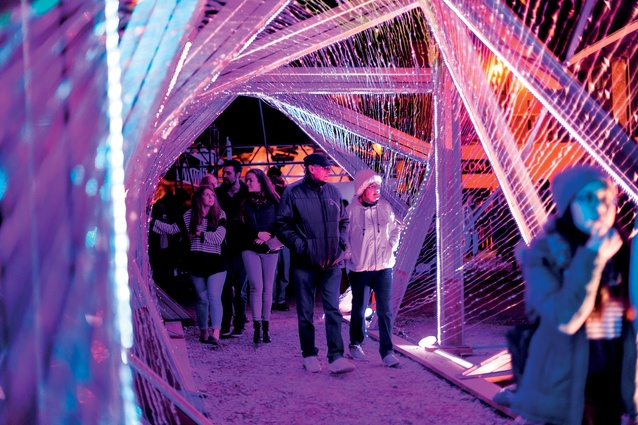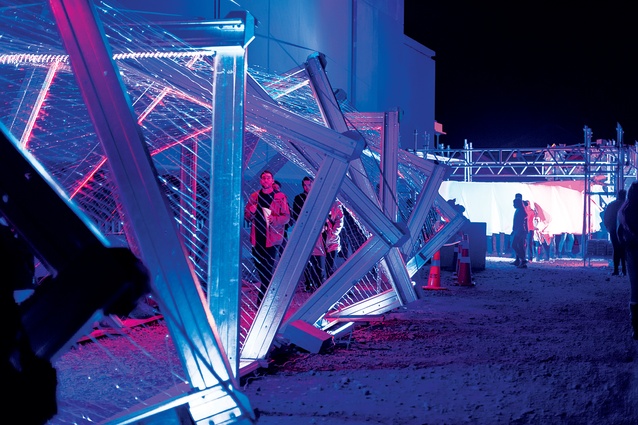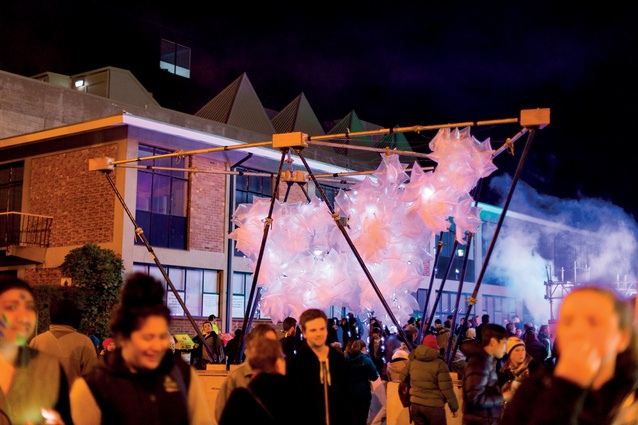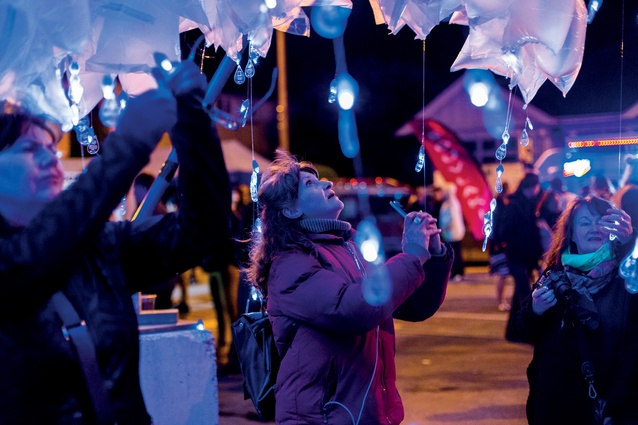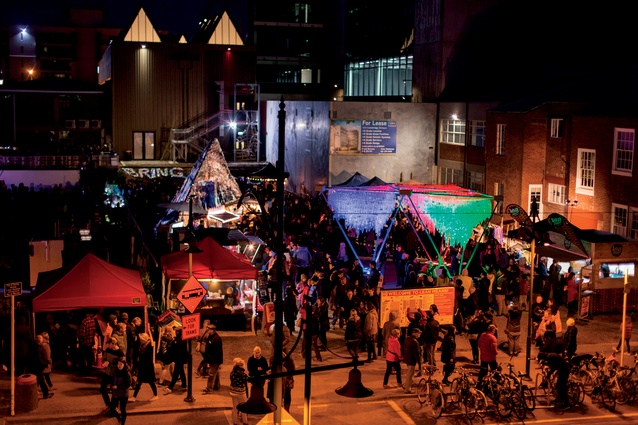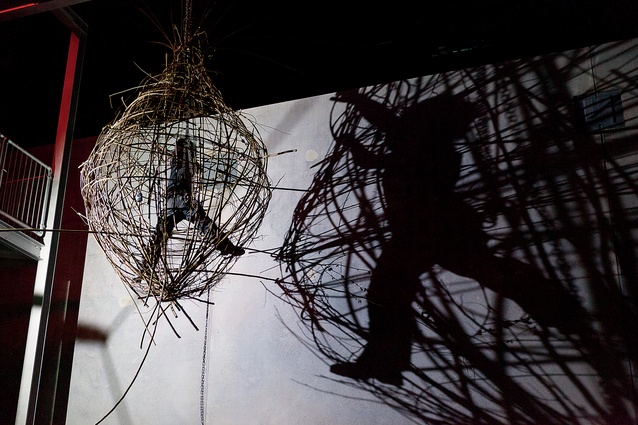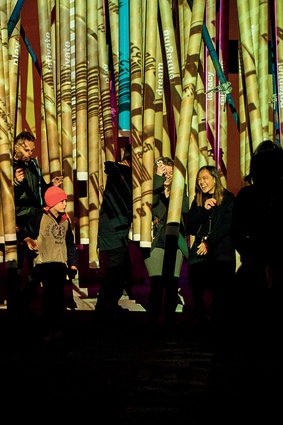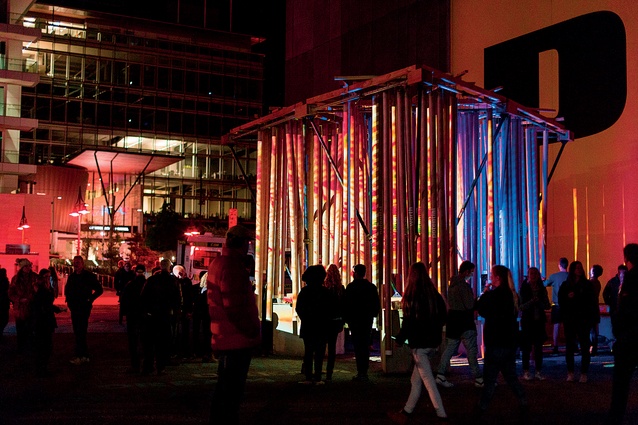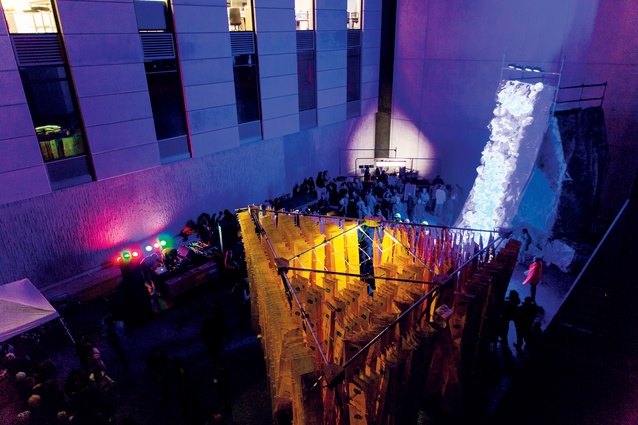Transitional architecture
The fourth Festival of Transitional Architecture was held late last year, with 30 events taking over the centre of Christchurch during one weekend. Barnaby Bennett was involved with organising the event for the first few years and returned this time to be part of the audience.
The fourth Festival of Transitional Architecture (FESTA) returned to Christchurch over labour weekend in 2016, having evolved from its earlier appearances in 2012, 2013 and 2014.
FESTA is now biennial – a move that reflects the end of the particularly tumultuous years of disaster, demolition and post-disaster disaster. The shift also illustrates a maturing of the organisations that emerged in the first few years after the quakes. These groups are no longer able to exist off the adrenaline provided by the earthquakes and the extraordinary volunteer response that followed them.
The body that runs FESTA (which I was part of from 2012 to 2015) has also started Te Pūtahi: Christchurch Centre for Architecture and City-making, led by the FESTA director Jessica Halliday and co-director Anne Cunningham, and is settling into a more sustainable rhythm of events and organising.
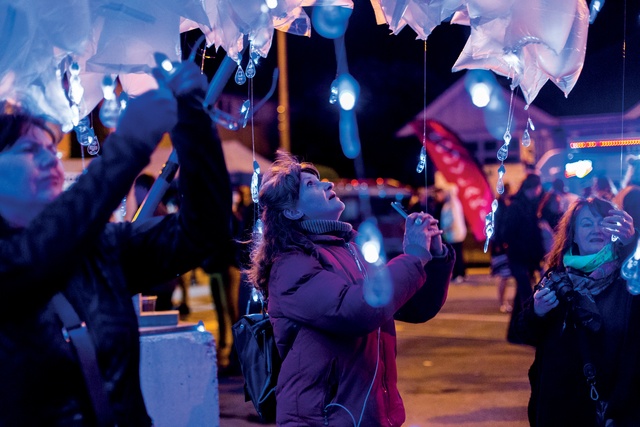
I mean ‘sustainable’ in its ecological sense too. FESTA 2016 – titled ‘We Have the Means’ – focused attention on both the problems and creative opportunities of material waste and reuse. This follows from previous years of working and consulting with Juliet Arnott of Rekindle and Sharon McIver of Our Daily Waste, who have long encouraged the festival to take the material qualities of waste, temporary constructions and reuse seriously.
This year it did – and it was immensely rewarding to participate in a festival that doesn’t see these kinds of issues as problems solved by internal processes but as opportunities to engage with designers and an intelligent and vibrant public.
FESTA works by offering two kinds of public experience. The first is a selection of workshops, talks, walks, openings, launches, and other smaller and focused events that give a powerful, and themed, sense of urbanity and direction to the city – at least for one long weekend. This year saw over 30 such events, including artists’ talks, book launches and an important national symposium on resourcefulness, material reuse and national waste strategies run by Rekindle.
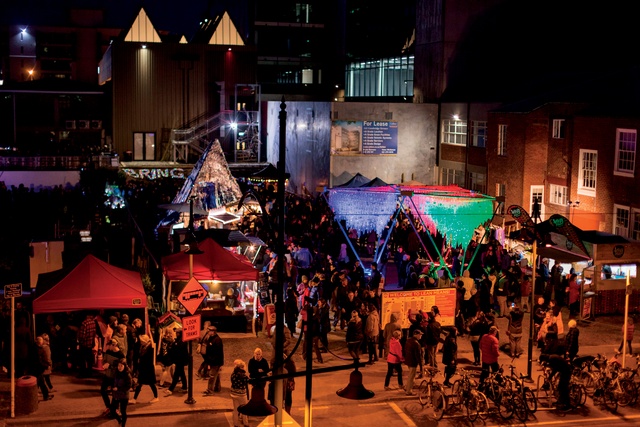
The other event is a major carnival-style street festival in which architecture students from around Australia and New Zealand work with local businesses and artists to construct large-scale installations on vacant sites and closed roads.
This year’s major event ‘Lean Means’ was conceived by creative director Jos de Krieger from the Dutch firm Superuse Studios and featured installations from seven architecture and design students from Ara Institute of Canterbury, UTS (Sydney), AUT (Auckland), University of South Australia, University of Adelaide, Massey College of Creative Arts and Unitec Department of Architecture.
This temporary city featured artists, events, music, markets, food trucks, pop-up restaurants and bars, and attracted around 15,000 people. It was the first time FESTA has worked with an invited international director – a successful experiment.
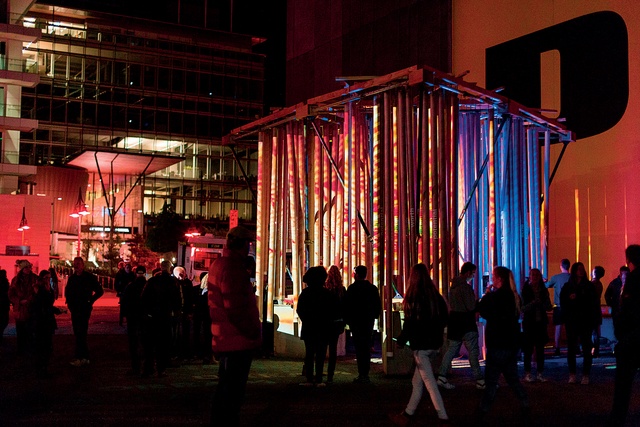
The vibe at Lean Means was different from previous years. The first in 2012 was a wonder of demolition, surprise and mourning for a city lost forever. Giant puppets and installations from Free Theatre Christchurch brought entertaining, windy chaos and wild critical energy to the river and square in 2013. The 2014 version felt celebratory and fun with a renewed sense of optimism for the city.
This year’s event was popular but had a kind of calm reflection. Perhaps it is the feeling of a city slowly becoming comfortable with its new identity. FESTA 2016 took place west of the Avon-Ōtākaro, and into one of the relatively finished (relatively being the operative word) parts of the city. The festival occupied the block that surrounds the Centre of Contemporary Art (CoCA) and the Christchurch Art Gallery, and both stayed open late into the night.
One of the tactics developed by the post-quake transitional movement in Christchurch – which is being carried on by FESTA – offers a clever and generous way for supporting progressive and ethical changes in cities. People are generally comfortable engaging with a known function – an amenity. This can be something as simple as a place to eat or dance, to see a gig or to watch a film.
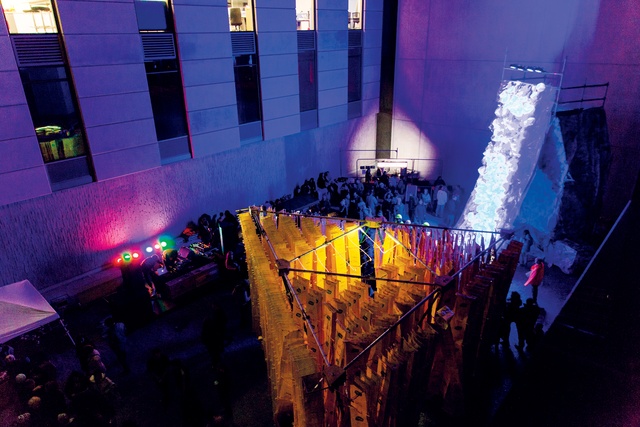
The temporary and transitional projects – that constitute FESTA – provide these amenities to a city. On one level, this is an act of care to a city still recovering from disaster and struggling to find its urban legs. But, critically, these amenities are almost always offered in a different way – a way that might encourage engagement with strangers, touching a new material, thinking about waste, meeting local food producers or participating in the rethinking of your own city.
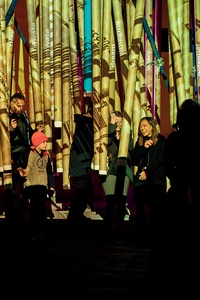
These gestures are rarely made antagonistically or through protest. For example, at this year’s event, there were no disposable cups for coffee or alcohol but rather re-washable cups with cleaning stations. There was little fanfare about this, just a gentle illustration of how simple this change is to make and the small, but positive, experience it enables. Guilt-free, takeaway coffee!
I wonder if the lesson from this year’s FESTA – and it seems a politically apt one at this moment in history – is that, perhaps, the critical changes we need cities to make in the next few decades (around transport, pollution, waste, energy and participation) are best made gently – with care and thoughtfulness and not through the trumpet blasts of press releases, guilt-ridden calls for change or expensive campaigns.
It’s an undeniably fun and colourful festival, but it is lessons like this that make FESTA, and other similar festivals, a critical part of our cultural landscape.

